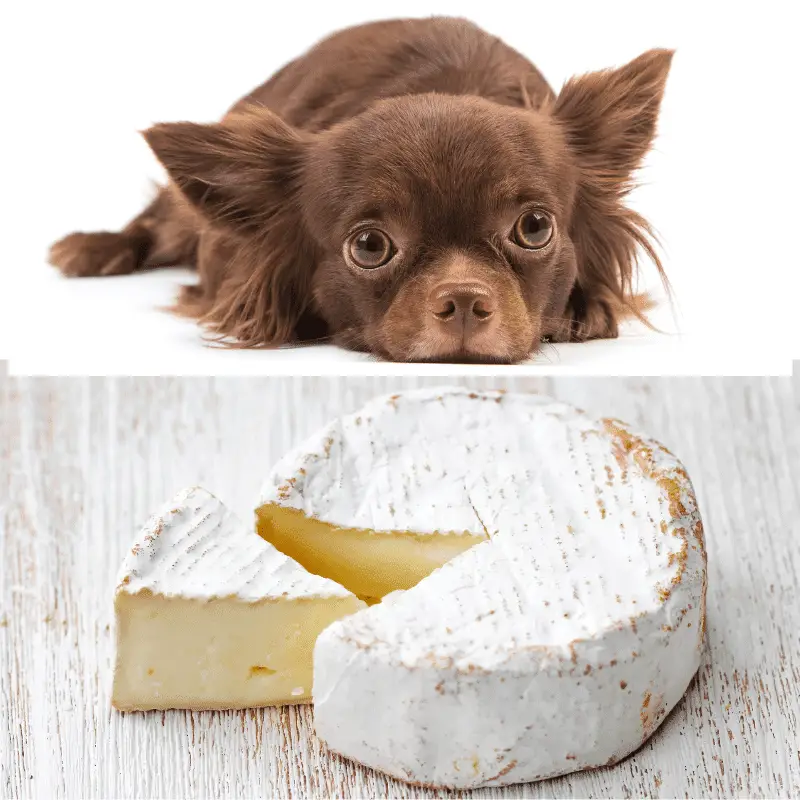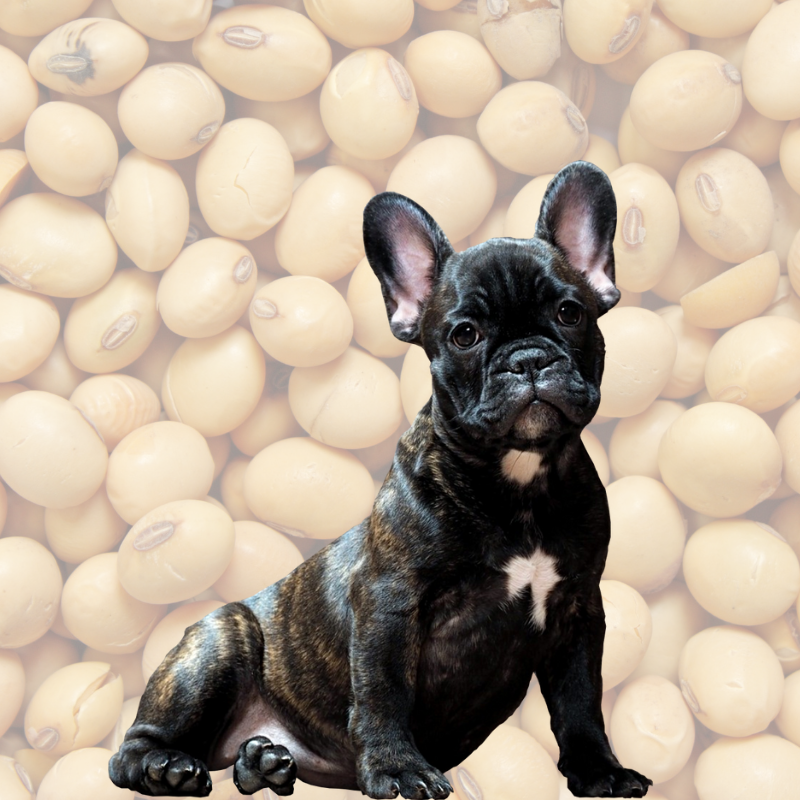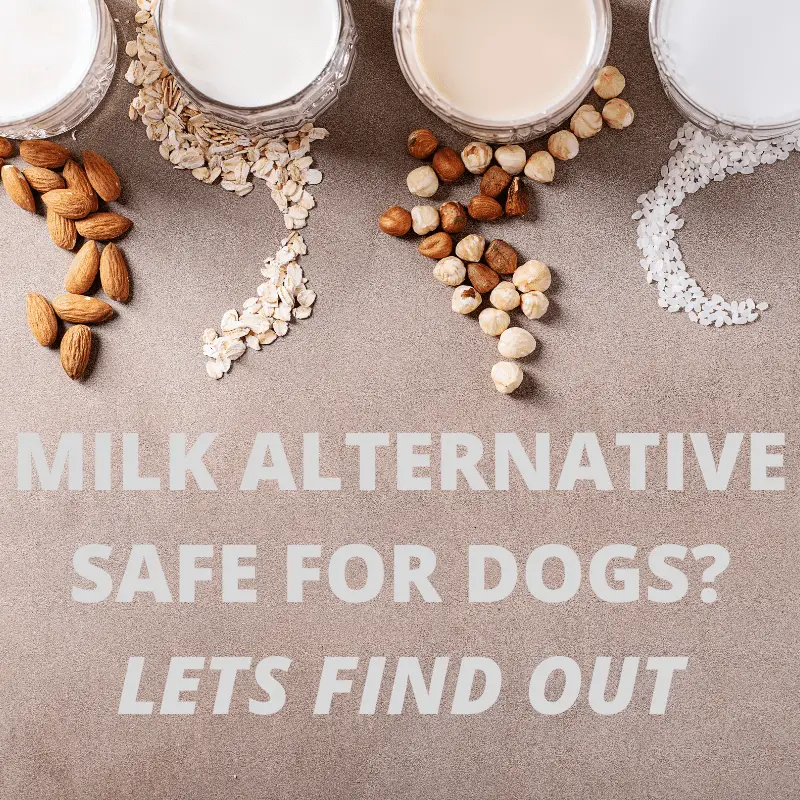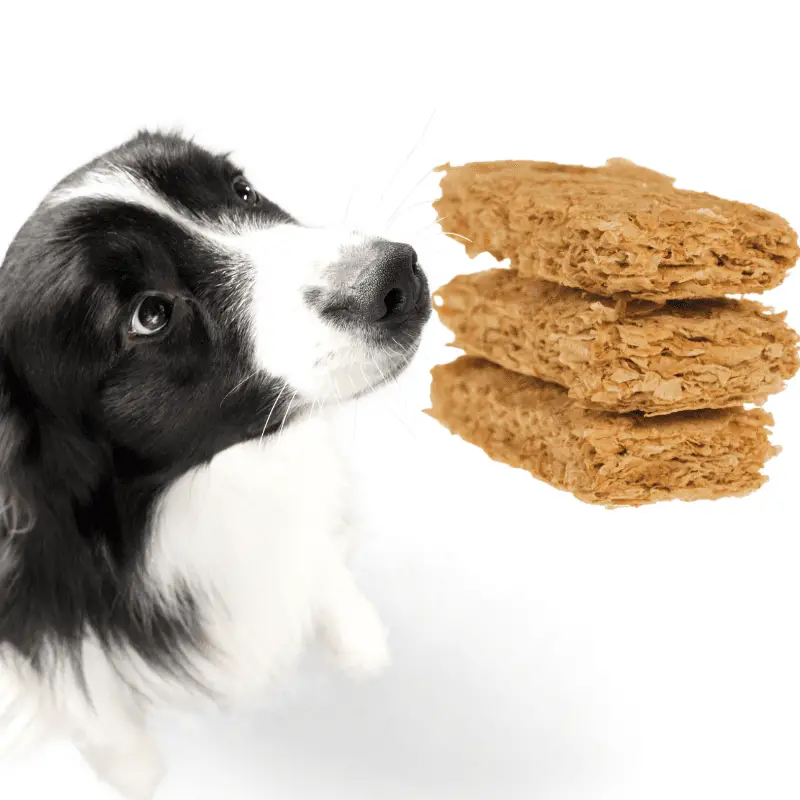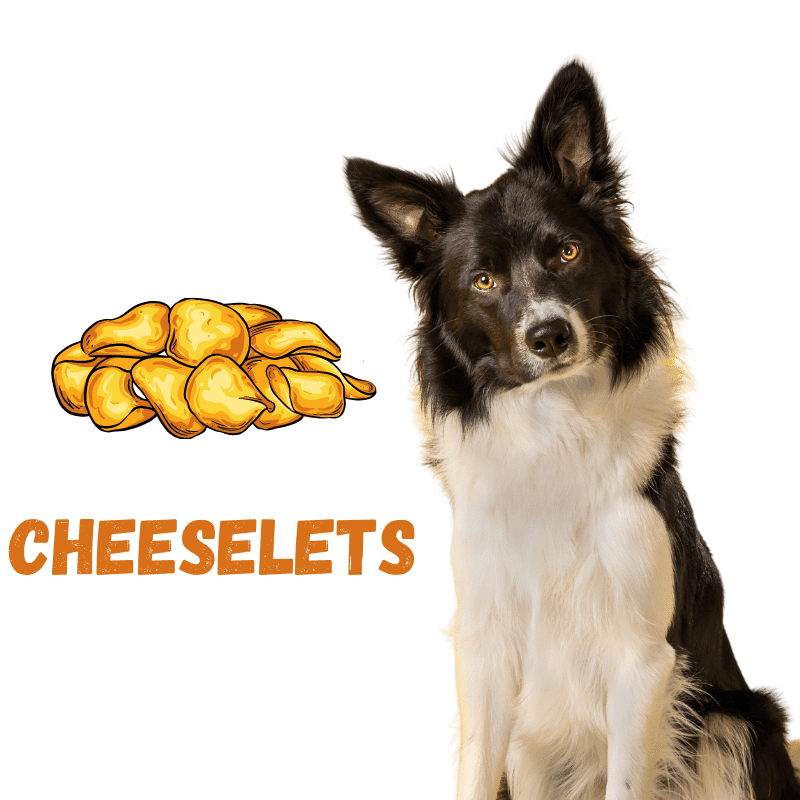Brie is not poisonous to dogs, but it is high in fat. Feeding too much brie to your dog could make them gain weight and even lead to a severe illness called pancreatitis, which can be fatal.
We now know that brie is not poisonous to a dog. But it does pose a threat in other areas. I understand it’s hard not to treat your dog to human food. The most important thing is making the right choices of food.
Let’s talk about why gaining weight is bad for a dog and learn about pancreatitis, also known as garbage gut and what you can do to avoid it. Also, find out better options for them.
Weight Gain
Weight gain in dogs is not good because excess body fat can be dangerous and lead to several health problems, including heart disease or diabetes.
Dog Breeds Likely To Suffer From Weight Gain
If your dog is on the list below, it is even more important not to give your dog brie.
- American cocker spaniel
- Basset hound
- Beagle
- Bulldog
- Cavalier King Charles spaniel
- Chinese Shar-Pei
- Chow Chow
- Dachshund
- French Bulldog
- Labrador retriever
- Pembroke Welsh Corgi
- Pug
- Shetland sheepdog
Pancreatitis
Feeding your dog fatty foods can make them vomit and have diarrhoea. It can also lead to pancreatitis, which is inflammation of the pancreas.
The pancreas is the organ within the abdominal cavity, and its primary role is to produce enzymes to break down foods. A dog’s digestive system can not break down the high fats. The pancreas overworks with too many high-fat foods, thus creating inflammation and extreme discomfort for a dog.
How to Avoid Pancreatitis
Make better choices for your dog!
Dogs should eat lean meat like chicken or turkey, but not bacon, pork or ribs, which are too fatty.
Dog Breeds Likely To Suffer From Pancreatitis
Although all dogs can get pancreatitis attacks, some breeds are more prone. If your dog is on the list below, it is even more important not to give your dog brie.
- Cocker Spaniel
- English Cocker Spaniel
- Jack Russell Terrier
- Miniature Schnauzer
- Poodle
- Yorkshire Terrier
I used to have a Jack Russel Terrier named Pippy. Unfortunately, he suffered from pancreatitis. I learned canine nutrition to understand myself and warn other dog owners about the dangers of feeding their dogs table scraps.
Symptoms
- Dehydration
- Diarrhoea
- Hunched over
- Lack of movement
- Loss of appetite
- Sad
- Sickness
- Trouble moving and getting settled
Better Options
While it’s tough to resist giving our dogs food from our plates, making the right choices based on the facts that will not harm them is essential.
Which kind of cheese is low in fat for a dog to eat?
Mozzarella, feta, cottage cheese and reduced-fat cheeses have the least fat. These types of cheese are good choices if you want to give your dog a small treat.
What’s the healthiest cheese to feed a dog?
Cottage cheese is the healthiest cheese to feed a dog. Cottage cheese is low in fats and lactose, thus reducing the likelihood of intestinal upset.
Recommended Read: Cottage Cheese and Dogs
Overall Advice To Follow When Treating Your Dog To Human Food
In general, you should stick to natural foods as much as possible. When deciding what you can and can’t give to a dog, a good rule is low-fat foods, no processed foods, low salt, low sugar, and none of the toxic allium family, including onions and shallots, chives, spring onions, garlic, leeks. You should avoid grapes, raisins, and artificial sweeteners (Xylitol). These are also toxic to a dog.
Always talk to your veterinarian if you’re unsure what to give your dog.
Read the label as garlic and onion in powder form are usually hidden ingredients that are often not in the primary name. Also, anything that says sugar-free on the packet always has artificial sweeteners, which are toxic to a dog. If you remember this, it’s easier to understand what a dog can and can’t eat.

